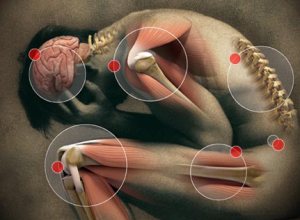Don’t Be SAD
What to do with the Winter Blues
As winter approaches and darkness falls earlier, about 2 of every 10 people begin to crave more carbohydrates, want more sleep, have less energy, struggle with concentration, and generally prefer to withdraw socially more than usual. If you have felt this way before during the winter months and notice that when Spring arrives, you always feel more normal, you may be experiencing Seasonal Affective Disorder, or SAD. This type of depression is marked by its temporary appearance during winter months.
There are effective, safe, and relatively simple ways to combat your SADness. Most of these approaches can help everyone stay happier and healthier through the darker winter months.
- Vitamin D levels are mission critical. Get checked to ensure optimal levels ranging from 60-80 ng/ml. Vitamin D deficiency is very common but we need optimal levels for a strong immune function and optimism. Getting out into the sunshine during the brightest, warmest part of winter days is one way to absorb light that allows your body to make Vitamin D. Supplementation with Vitamin D3 is another alternative. One more way is to use a Light Box for therapy. Be sure to purchase or find a light therapy that filters the UV exposure but offers 15-30 minutes a day for best results.
- Keep exercising! Yes, when it seems the hardest thing to do, try to keep doing it. Regular exercise is well proven to boost endorphins, lift depression and this is important with SAD. Just 30 minutes of walking a day can make a big difference.
- Diet matters. Important here is keeping sugar and alcohol to a minimum while consuming plenty of fresh vegetables and quality omega 3’s like those found in wild salmon, sardines and grass fed meats.
- Optimize sleep. Keep the same sleep schedule as much as possible every day, going to bed and getting up at the same time. Strive to achieve 7-8 hours of sleep at a minimum.
- Consult with a medical practitioner. There are a number of safe and effective supplements that can improve Vitamin D levels, reduce depression, and improve sleep. Your functional medicine physician will be aware of how to balance neurochemicals and improve overall health in ways that can reduce or eliminate SAD. Melatonin, dopamine and serotonin levels can all be addressed to improve mental health.
- Never take depression lightly. If you or someone you know feels like harming him/herself, call the National Suicide Prevention Hotline at 800-273-TALK (8255).
References:
Top Tips to Cope With Seasonal Affective Disorder by Dr. Mercola, February 14, 2019, Mercola
7 Seasonal Affective Disorder Natural Treatments That Work by Kissairis Munos, February 20, 2018, Dr. Axe Food & Medicine








